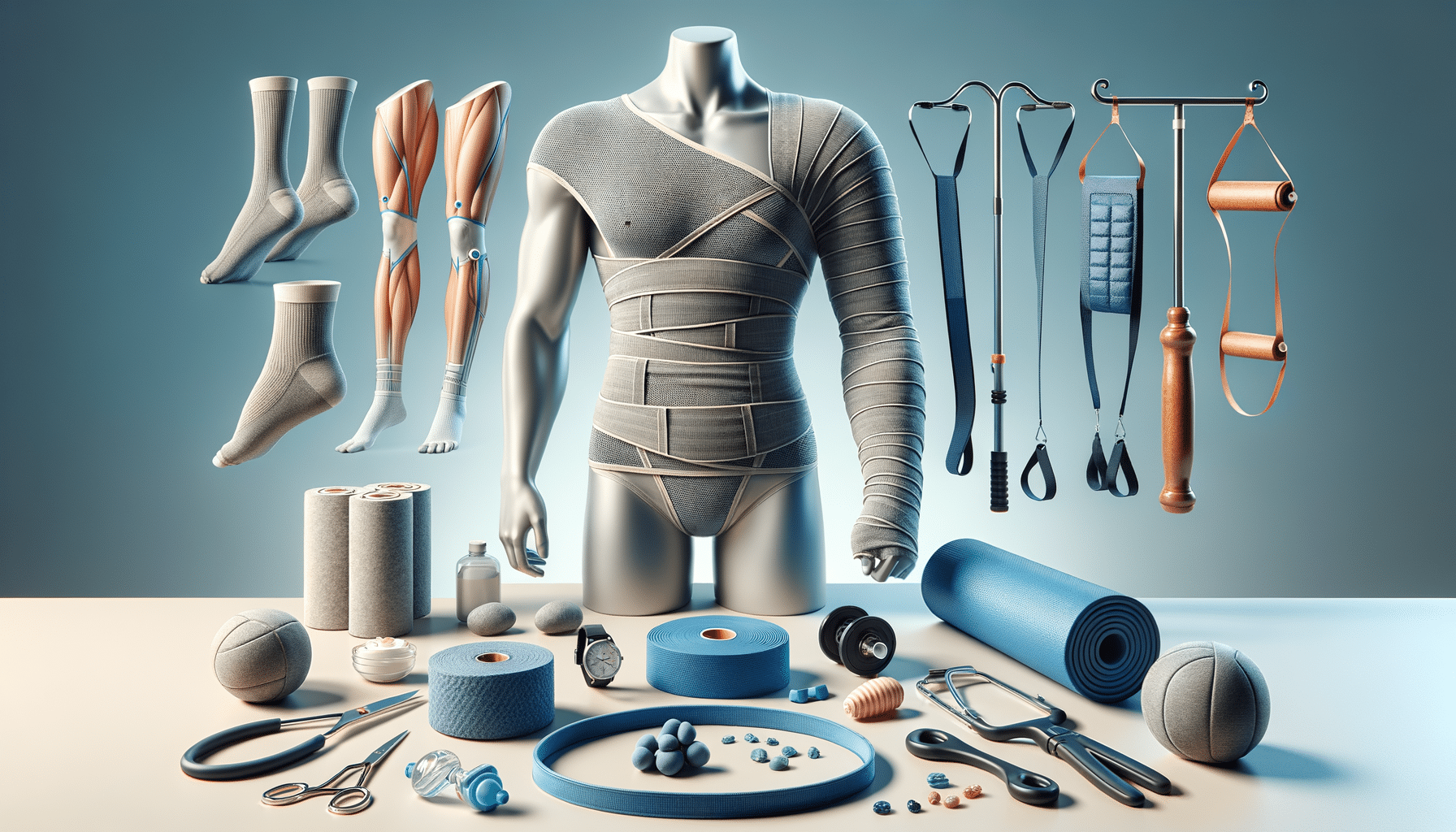
Effective Lymphedema Management Strategies: Understanding Causes, Symptoms, and Physical Therapy Techniques
Understanding Lymphedema and Its Impact
Lymphedema is a chronic condition characterized by the accumulation of lymph fluid, leading to swelling, commonly in the arms or legs. This condition can arise due to a variety of reasons, including the removal or damage of lymph nodes, often during cancer treatment. While it can be a lifelong condition, effective management can significantly reduce its impact on daily life.
The symptoms of lymphedema include swelling, a feeling of heaviness or tightness, restricted range of motion, and sometimes discomfort or pain. These symptoms can vary in intensity and may worsen if left untreated. Therefore, understanding the underlying causes and symptoms is crucial for effective management.
Managing lymphedema is not just about addressing the physical symptoms; it also involves emotional and psychological support. Many individuals with lymphedema experience frustration or depression due to the chronic nature of the condition. Therefore, a holistic approach that includes physical therapy, emotional support, and lifestyle adjustments is essential for comprehensive care.
Lymphedema Relief Techniques
Several techniques can provide relief from the discomfort associated with lymphedema. One widely recognized method is manual lymphatic drainage (MLD), a specialized massage technique designed to stimulate the flow of lymph fluid and reduce swelling. MLD should be performed by a trained therapist, although patients can learn some techniques for self-care.
Additionally, exercise plays a vital role in managing lymphedema. Gentle exercises that promote lymph fluid movement without straining the affected area can be beneficial. These exercises often include stretching, light aerobic activities, and strength training tailored to the individual’s needs. It’s important to consult with a healthcare provider to develop a safe exercise plan.
Compression therapy is another key component of lymphedema relief. Compression garments, such as sleeves or stockings, help maintain the pressure necessary to prevent fluid buildup. These garments are available in different strengths and should be selected based on the severity of the condition and under professional guidance.
Choosing the Right Lymphedema Compression Garments
Compression garments are essential tools in the management of lymphedema. They work by applying consistent pressure to the affected area, encouraging lymph fluid to move towards areas with functioning lymphatics. Choosing the right compression garment is crucial for effective management and comfort.
There are various types of compression garments available, including sleeves, gloves, stockings, and custom-fitted garments. The choice depends on the area affected and the severity of the condition. It’s important to get properly fitted by a healthcare professional to ensure the garment provides adequate compression without causing discomfort.
Compression garments are typically made from elastic materials and come in different compression levels. The level of compression required varies among individuals, and a healthcare professional can help determine the most suitable option. Regular use of these garments, as part of a comprehensive lymphedema management plan, can significantly improve symptoms and enhance quality of life.


